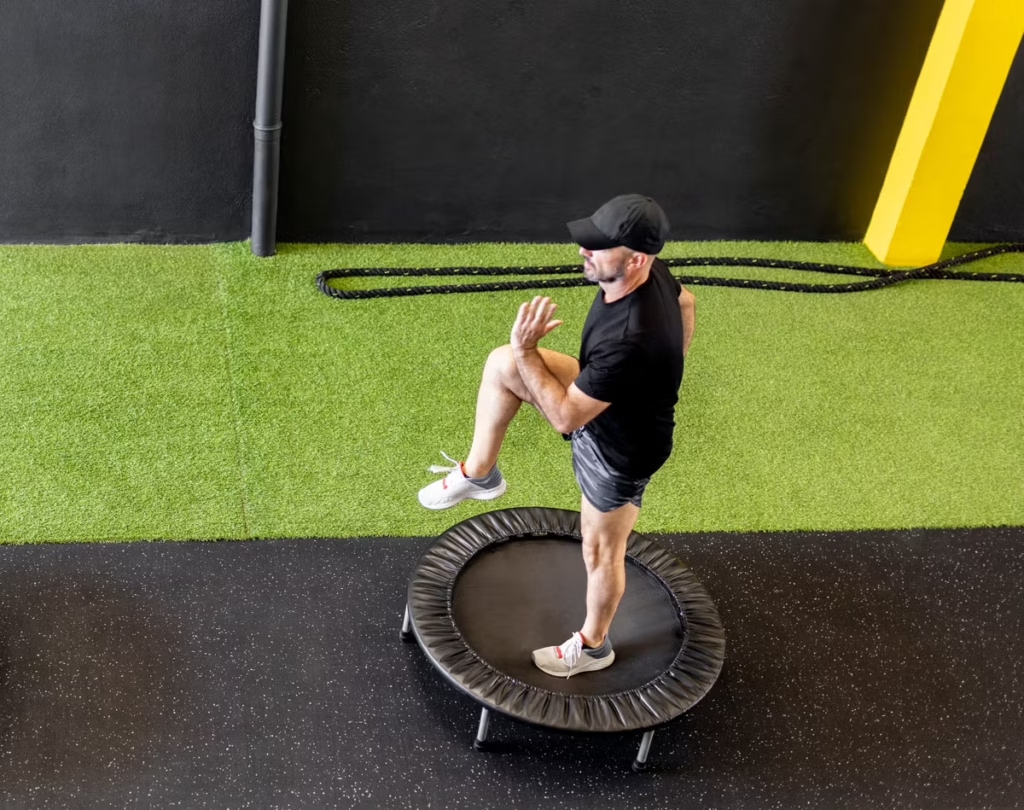If you’re a non-runner and you’re sitting on the couch reading this, stay seated… for now. And start picturing yourself in the final stages of an ultra-marathon. Your legs are jelly, your lungs are screaming, your mouth has a sticky feel from the mix of electrolytes and carb gels you’ve been guzzling through the race and sweat and sunscreen are stinging your eyes as the sun beats down.
As you think you can’t possibly go on, you see the finish line ahead, calling you like a beacon and, as spectators cheer you on, you dig that little bit deeper, summoning reserves of strength, stamina and mental fortitude you didn’t know you had.
You stride triumphantly across the line and collapse into the arms of your beautiful girlfriend whose warm embrace and peachy fragrance lifts you further still (hey, this is a visualisation exercise, sensory details, as we will see later, are important).
Seem fanciful? Preposterous even, given the only running you do is for the bus (and well, you don’t have a girlfriend)? Well, it’s not, according to researchers at the University of Plymouth, who found a motivational technique known as functional imagery training (FIT) can help self-professed non-runners to complete an ultra-marathon (50km plus).
In the study fifteen participants expressed an interest in attempting an ultra, easily one of the sternest tests of physical endurance and mental strength there is. All participants had previously been using a technique called Motivation Interviewing (MI), in which a counsellor supports someone to develop, highlight and verbalise their need or motivation for change, and their reasons for wanting it.
Of the 15, seven continued to rely solely on MI to assist them toward their ultramarathon goal, while seven were randomly assigned FIT, which teaches people how to elicit and practise motivational imagery themselves, using all their senses to visualise how it would feel to achieve their goal.
Of the eight participants in the MI only group, four started the race and two finished. In the FIT group, however, all seven started and six finished.
“An ultra-marathon requires a huge amount of mental, as well as physical strength – even from people who run regularly,” says lead author Dr Jon Rhodes. “Trialling Functional Imagery Training on historically self-professed non-runners was a real test of its efficacy.”
So, how does it work? FIT teaches people new ways of thinking about their future to help them stay motivated as they work towards their goal. Users describe it as a ‘mindset shift’, where they exercise because they want to, rather than feeling they have to.
One participant in the study – a teacher – pictured the conversation they would have at work on Monday morning: visualising the staff room, holding a coffee in hand, imagining the smell and the taste, talking about the challenges with a colleague, then using this self-developed image to imagine the feeling at the finish line.
“It shows that multi-sensory imagery is the key difference between those who reach the starting line and then go on to finish, and those who do not – showing it is critical to maintaining changes and pushing the boundaries of physical and mental performance,” says Rhodes.
FIT has previously been shown to boost weight loss, with another University of Plymouth study finding overweight people who used it lost an average of five times more weight than those using MI alone.
Want to change your life? Pinpoint a goal, even one you currently consider far beyond you – an Ironman, climbing Everest, jumping out of a plane, a senior management position. If you can visualise it in your mind, incorporating as many sensory details as you can – from the smell of the sea at the start line of a triathlon, to the taste of the beer you might knock back afterwards, and everything in between, you just might do something remarkable: trick yourself into believing you can pull off the impossible.














